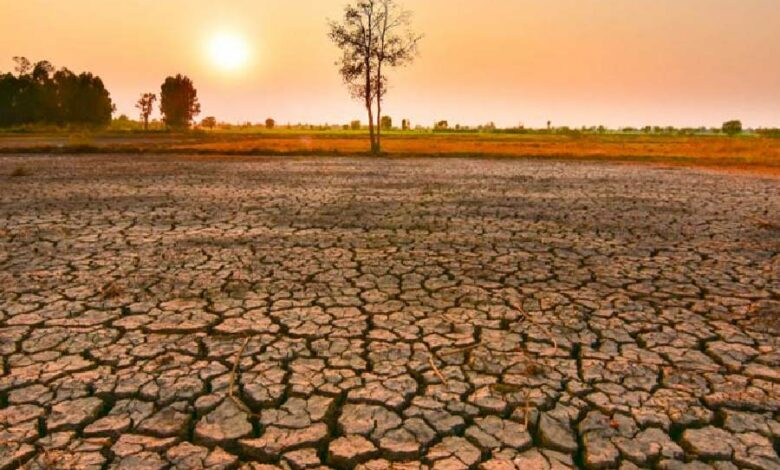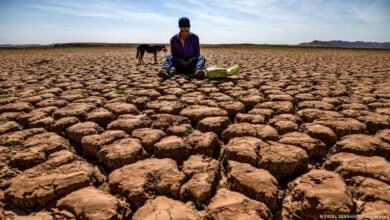Scorching Heatwaves Across Asia Linked to Climate Change, Study Finds

In late April, sizzling temperatures swept across Asia and the Middle East, exacerbating existing crises and posing grave threats to vulnerable populations. A new study has found that this extreme heat was made up to 45 times more likely due to human-caused climate change.
The heatwave impacted vast swaths of the continent, from Gaza in the west to the Philippines in the southeast. Many regions experienced temperatures over 40°C (104°F) for several consecutive days. Experts at the World Weather Attribution group used climate models to quickly determine the role of climate change in this extreme weather event.
Their analysis revealed that in parts of the Middle East, the probability of such high temperatures increased by around fivefold due to global warming. In the Philippines, the heat was deemed “impossible” without the influence of climate change.
The consequences were severe, with at least 36 heat-related deaths reported across Bangladesh, India, and Gaza. The extreme temperatures also damaged crops, forced school closures, and disproportionately impacted vulnerable populations like internally displaced people and migrants.
Climate scientists warn that unless fossil fuel use is urgently curbed, such heatwaves will become increasingly common and deadly. Experts emphasize the need for greater awareness, public and private investment, and further research to help communities adapt to the escalating heat crisis.






